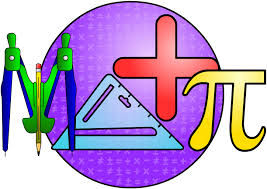
Difference of squares
What are difference of square?
-
It is written as (a+b) (a-b)=a^2-b^2.
-
The original expression is written as x^2-c.
-
There is no middle term (bx), meaning it is 0x.
-
There is always a negative sign, since it is difference of squares.
It is similar to perfect squares, since both "a" and "c" are squares of whole numbers.
However, the factors must have a product that is equal to "c", and their sum must by "b", which in this case is always zero.
Therefore, in order for us to get a zero, we must add and subtract the same factor.
For example, 9x+(-9x)=0.
Let's try an example!
x^2-36
-
Find the square root of 36.
-
It is 6.
-
Find the square root of 1.
-
It is 1.
-
So our answer is (x+6) (x-6).
-
We basically write the sqaure roots of the co-efficients.
-
Let's expand and check!
-
(x+6) (x-6)
-
x multiplied by x is x^2.
-
x multiplied by (-6) is -6x.
-
6 multiplied by x is 6x.
-
6 multiplied by (-6) is -36.
-
Collect like terms which are -6x+6x=0x.
-
We get x^2-36.
-
We are correct!
Remember that we must have "b" equal to 0, therefore, we must have opposite signs for the factors, such as -4 and 4.
Want more help?
Refer to the video on page, perfect squares!
Try these...
1) 36x^4-49y^4
2) 16x^2-25
3) 9x^2-64
4) 49x^2-36
Answers are...
1) (6x^2+7y^2) (6x^2-7y^2)
2) (4x+5) (4x-5)
3) (3x+8) (3x-8)
4) (7x+6) (7x-6)
Difference of squares



Describe your image here

“The educated differ from the uneducated as much as the living differ from the dead.”